Re-posted courtesy of Thunderbolts.info
Previously, in Nature’s Electrode, we looked at an Electric Earth model for lightning genesis driven by a plasma corona formed from condensing and freezing water vapor in the central updraft of the thunderhead. We also looked at the thunderstorm itself, and an electrical model for the circuit that drives it, in The Summer Thermopile. Now let’s consider the most dramatic weather event of all, the tornado, and how these massively destructive whirlwinds are also formed by a plasma corona in a thunderstorm.
For air to become plasma and carry current, the air has to be partially ionized. A plasma state can be defined by “plasma density” – the number of free electrons per unit volume, and the “degree of ionization” – the proportion of atoms ionized by loss, or gain of an electron.
A gas with as little as 1% of the particles ionized is a plasma, responding to magnetic fields and displaying high electrical conductivity. A partially ionized plasma is often referred to as a “cold plasma”, and highly ionized plasma is referred to as “hot”. Discharge from a corona is predominately a cold, dark current, invisible to the eye.
Cloud-to-ground arcs come from high charge density regions of the corona, surrounding the central updraft where current from the updraft generates ions. Ground charge builds below this region in response, and the electric field strengthens, magnifying and focusing electron avalanche the way a lens focuses light, into a continuous plasma channel. When the channel connects with ground and discharges a hot current, it wraps tightly in it’s own magnetic field, in what is called a ‘”Z” pinch’.
Moving away from this self ionizing/high electromagnetic field region of the corona, free electrons spit at the ground, but lack the energy and focus to avalanche all the way, creating instead a mobile cloud of ionized gas that follows the field gradient to ground, generating a dark current. The current is said to “drift” in this region, yet the electric field still organizes the drifting ions into a columnar channel.

In the image, the center of the coronal discharge is focused and imparts more energy to cascading electrons, creating the potential for arcs (see the current density distribution at the bottom of the diagram). Closer to the outer edge of the corona, weaker reactions manifest in transfer of momentum and heat with ions and neutrals. Downdraft and down-burst winds are the common result.

Momentum transfer manifests as downdraft winds by the process of electrokinesis, which is neutral species attracted to, and mobilized by, the charged particles zooming down the electric field gradient towards ground, creating an ‘electric wind’ that moves the bulk fluid along the electric field gradient.
If the ionization rate exceeds the rate of recombination, the plasma will build a streamer, a tendril of plasma from cloud to earth, pushing a plasma generating ionization region ahead of it, and drawing behind it a cloud of cold plasma. When this plasma hits ground, a cathode spot is produced, and the electromagnetic field redistributes along the plasma channel, focusing it.
The cathode spot on the ground draws positive charge to it, dragging neutrals, again by electrokinesis, and creating the in-flowing winds that generate a ground vortex. This is the moment of tornado touchdown, as charged air and dust flow in and spiral upwards around the invisible plasma tendril.
The action is analogous to the lightning bolt leader and positive ground streamer that meet to create a channel for lightning discharge – two seemingly separate events, organized into one coherent structure by the electric field.
The plasma current thus created is a complete circuit to ground, only it’s partially ionized, diffused with predominately neutral species. Its energy and charge densities are too low to make an arc, so it forms a complex plasma channel called a Marklund Convection.

Rotation is a natural consequence of the circuit. Neutral air is diffused away from the Marklund current creating low pressure. But positive ions near the ground drag air, dust and debris to the ground contact and create in-flowing winds and a sudden change in direction up, and around the tendril. The meeting of these opposing winds is the ground vortex.
The current flow in the plasma will itself rotate, taking a helical path as it interacts with the magnetic field around it. The appearance of a tornado is precisely the expected morphology of a Marklund current. Increasing current flow “spins up” the tornado.
It forms an inner, spiraling, negative current to ground and an outer spiral of positive ionic wind flowing up to the source of coronal discharge in the cloud.

Because the tornado is a cold, partial plasma current exchanging charge between ground and atmosphere, it can be pushed by winds to create a slanted, or kinked path, and travel away from it’s point of origin.

Evidence…
There are several tell-tale signs the electric model of tornado genesis is correct.
Wall clouds…
One evidence is the wall cloud. Wall clouds form before a tornado in a typical storm evolution. It develops rotation and sometimes its clouds can be seen to rise and fall in an agitated manner. Puffs of low level clouds are drawn to it below the main cloud base.
The wall cloud is a physical expression of the corona. As the corona gathers charge, it creates a lowering, vertical wall of cloud as ionization condenses moisture in the column of air below that is incongruous to the general slant and motion of the storm clouds and in-flowing winds. It’s visual evidence of a region where the electric field is strengthening and the corona is increasing charge density prior to establishing a current to ground with a tornado.
 The funnel cloud doesn’t always emerge from the center of the wall cloud. The funnel often appears along the edges of the wall cloud, or from the surrounding clouds.
The funnel cloud doesn’t always emerge from the center of the wall cloud. The funnel often appears along the edges of the wall cloud, or from the surrounding clouds.
This is because the region of charge density is mobile and can wander. They can also multiply, creating several tornadoes.
Characteristic of parallel currents, multiple tornadoes stand off from each other as if repulsed like two parallel wires flowing current in the same direction. Rare occasions when tornadoes seem to merge, it may be that one simply dies as the other steals it’s current.
The sudden disappearance and reappearance of tornadoes, and the reported skipping, or lifting they seem to portray, are likely caused by pulsating current from an unstable coronal discharge that weakens until recombination steals the current, and then revives when the rate of ionization again overcomes the rate of recombination and a complete circuit to ground is reestablished.
Tornadoes and lightning…
As discussed in Nature’s Electrode and The Summer Thermopile, lightning frequency is highest around the central updraft and increases in frequency with the strength of the updraft wind. When a tornado forms, cloud-to-ground lightning frequency diminishes until the tornado dies, and then picks-up again to the previous baseline. It’s also found that positive lightning is more common in tornadic storms.
The latter is evidence the corona in the storm’s anvil, that spits positive lightning, is instrumental in creating the electric field strength necessary for a tornado. It amplifies the field strength affecting the negative corona in the cloud base, below, creating conditions necessary for tornadoes.
The fact that cloud-to-ground lightning dissipates as a tornado spins-up is evidence the corona is part of a coherent electric circuit, where current in one region robs current from another.

Sights, smells and sounds…
Storms that produce tornadoes are often characterized by a greenish tint in the clouds. The green tint is excused by many scientists as a reflection of city lights. While their search for green-tinted city lights continues, the dim glow of a coronal discharge internal to the cloud formation explains the green tint.
Luminosity in the clouds and the funnel are also reported. Consensus science blames this on misidentified sources of light from lightning, city lights, or flashes from downed power lines. Some of it no doubt is, but some of it is likely the effect of coronal discharge. Lightning flashes don’t make a continuous glow.
Ionized oxygen can recombine to produce ozone, which has a distinctive chlorine-like “gassy smell”. This smell is often reported by witnesses.
 So are hissing sounds from the base of the funnel. Funnel clouds and small tornadoes are known to produce harmonic sounds of whistling, whining, humming, or buzzing bees. As ozone is liberated it produces such a hissing sound.
So are hissing sounds from the base of the funnel. Funnel clouds and small tornadoes are known to produce harmonic sounds of whistling, whining, humming, or buzzing bees. As ozone is liberated it produces such a hissing sound.
Energized transmission lines subject to over-voltage conditions produce all of these same effects: faint luminescent glow, ozone production and it’s accompanying hiss and smell. It’s cause is coronal discharge.
Tornadoes also produce identifiable infra-sound. It’s inaudible to the human ear, but it can be felt. It will produce nausea, agitation and body heat, effects often felt in the presence of tornadoes – although fear might do that, too.
Lightning has been reported internal to the funnel. These may be a form of cloud-to-cloud discharge, between the counter-flowing positive and negative currents in the Marklund convection.
Tornadoes are seen to have an inner and outer column, although this is disputed by consensus scientists as an illusion. The inner column, however, is seen if the outer dusty sheath dissipates, or is blown away. This is consistent with the double wall formed in a Marklund convection.
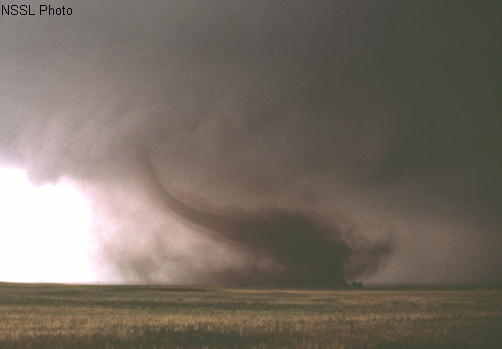
Tornadoes emit on the electromagnetic spectrum as measured by researchers. Tornadoes emit sferics, the same type of broadband radio noise lightning discharges produce.
Non-super-cell tornadoes…
 So what if there is no super-cell? How do all the other vortex phenomena form – landspouts, waterspouts, gustnadoes and dust devils, and how are they related.
So what if there is no super-cell? How do all the other vortex phenomena form – landspouts, waterspouts, gustnadoes and dust devils, and how are they related.
By the same mechanism proposed here for the super-cell tornado, only in lower energy form.
Funnel clouds, which never result in a touchdown are a tendril of Marklund convection current that begins to recombine faster than it generates ions, and it dies.
Landspouts, gustnadoes and waterspouts all begin with a surface disturbance – a vortex without a cloud, or at least not one showing a wall cloud, or rotation. These are instances of stronger ionic accumulation at ground level, creating a strong ground vortex first in easily ionized sand, or water, whereas the corona above is weak and diffuse.

This comports with observations of twisters of all kinds, including dust devils and spouts which are seen to begin on the ground. Or water – in the case of a waterspout – where documented evolution begins with a mysterious “dark spot” on the water.

Thunderstorms, lightning and tornadoes – all products of the same weather event – can be perfectly modeled electrically. Electromagnetic fields, ionization, current, capacitance and induction rule nature. It is evident in Nature’s every aspect, because the fractal, self-same patterns always appear.
Consensus science adheres to a gravity model that ignores this fundamental causation and instead feverishly dissects the emergent thermodynamic and fluid dynamic interactions looking for answers, like trying to tell time by taking apart the clock. They continually come up short, as a result.


 Thermo-couples are an instrument to measure temperature used in your car and home air conditioning and heating units.
Thermo-couples are an instrument to measure temperature used in your car and home air conditioning and heating units.

 The many changes to the state of the air in the updraft changes the conductivity of the air in the column. The updraft column is electrically no different than a wire of changing conductivity, which in the presence of current, will exhibit a thermo-electric effect.
The many changes to the state of the air in the updraft changes the conductivity of the air in the column. The updraft column is electrically no different than a wire of changing conductivity, which in the presence of current, will exhibit a thermo-electric effect.
 They actually have more complex geometry than a ‘sheet’. They organize into plasma coronas that actively spit out electrons and ions in channeled currents. Coronas have a geometry and produce effects that depend on the polarity of the charged species mix.
They actually have more complex geometry than a ‘sheet’. They organize into plasma coronas that actively spit out electrons and ions in channeled currents. Coronas have a geometry and produce effects that depend on the polarity of the charged species mix.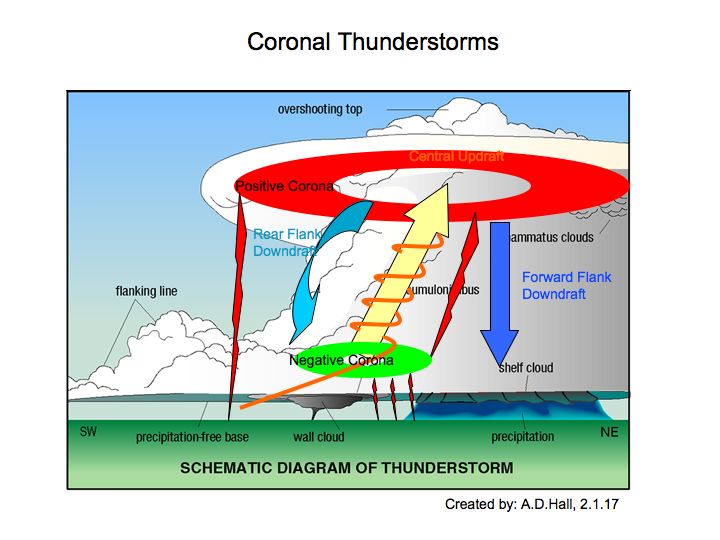
 The anvil top is another coronal expression where the water freezes to ice. The ionic mix here is different and a positive corona is the result. It has a different shape, being a broad diameter and less dense in terms of charge density.
The anvil top is another coronal expression where the water freezes to ice. The ionic mix here is different and a positive corona is the result. It has a different shape, being a broad diameter and less dense in terms of charge density.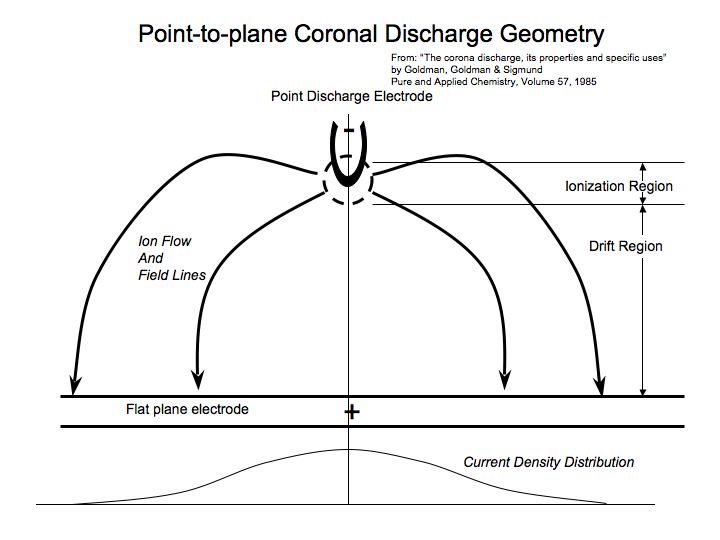 In the diagram, a point electrode generates a corona opposed to a plate electrode connected to ground, with a gap in between. This is a similar circuit to a storm except the corona in the clouds would not have the geometry of a point electrode, but likely a flattened toroidal shape.
In the diagram, a point electrode generates a corona opposed to a plate electrode connected to ground, with a gap in between. This is a similar circuit to a storm except the corona in the clouds would not have the geometry of a point electrode, but likely a flattened toroidal shape. Sudden and intense down-bursts and mammatus clouds are highly mysterious to atmospheric scientists and they attribute them to density bombs – pockets of dense heavy air that rapidly sink from the clouds. These violent downdrafts will slap airliners from the sky. They aren’t density bombs – they are unipolar winds and ionizing tufts from the anvil corona.
Sudden and intense down-bursts and mammatus clouds are highly mysterious to atmospheric scientists and they attribute them to density bombs – pockets of dense heavy air that rapidly sink from the clouds. These violent downdrafts will slap airliners from the sky. They aren’t density bombs – they are unipolar winds and ionizing tufts from the anvil corona.
 So too, we have symmetry. Not the artificial symmetry of mathematical equations and categories consensus science keeps force fitting to Nature, but Nature’s true symmetry of nested harmonic repetition.
So too, we have symmetry. Not the artificial symmetry of mathematical equations and categories consensus science keeps force fitting to Nature, but Nature’s true symmetry of nested harmonic repetition.

 Free electrons continue the process of collision in what is called an avalanche. Avalanche is portrayed in the step-leader process depicted in the image, and is a witnessed precursor to a lightning bolt.
Free electrons continue the process of collision in what is called an avalanche. Avalanche is portrayed in the step-leader process depicted in the image, and is a witnessed precursor to a lightning bolt.
 Updraft winds don’t produce much lightning until they reach 10 to 20 mph. Then strike frequency escalates with updraft speed. From 20 to 50 mph wind speeds, lightning frequency might be 5 to 20 strikes per minute, whereas above 90 mph, the flash rate can exceed one strike per second.
Updraft winds don’t produce much lightning until they reach 10 to 20 mph. Then strike frequency escalates with updraft speed. From 20 to 50 mph wind speeds, lightning frequency might be 5 to 20 strikes per minute, whereas above 90 mph, the flash rate can exceed one strike per second.


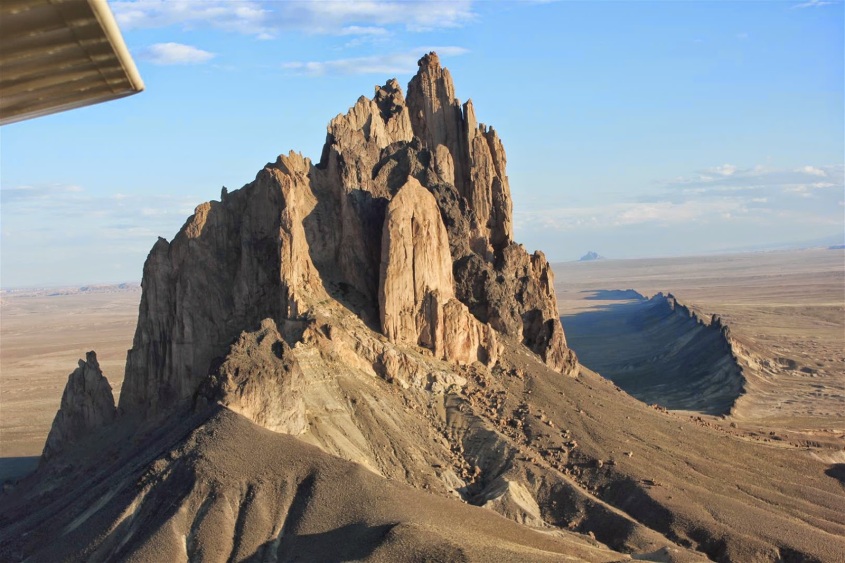


















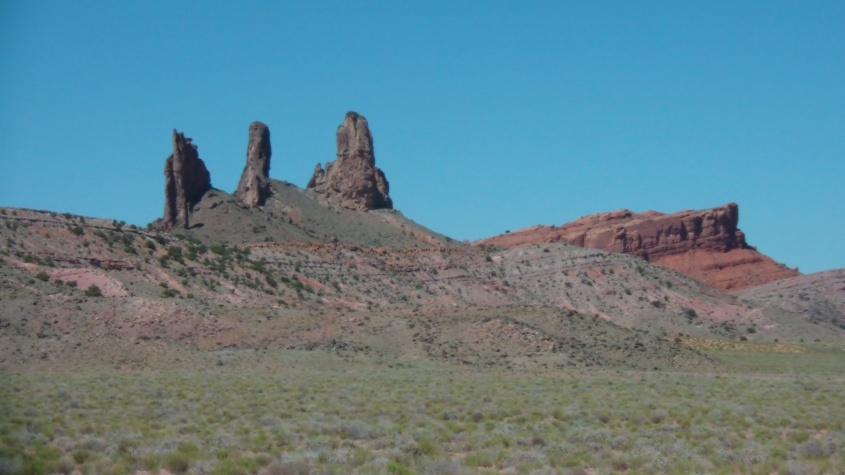



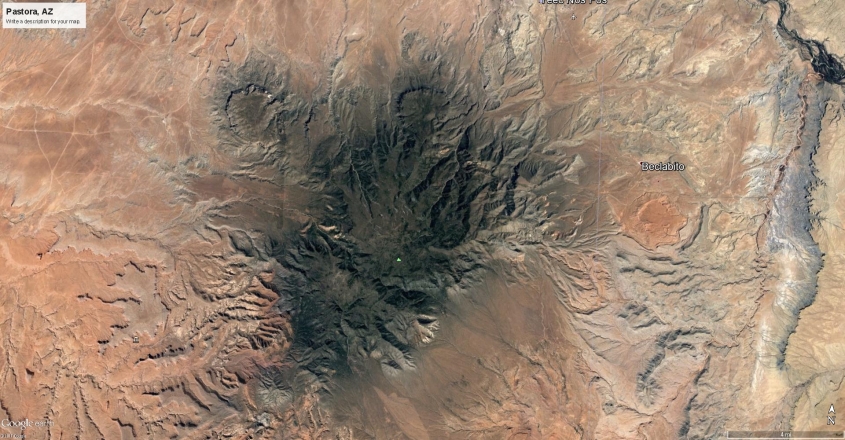


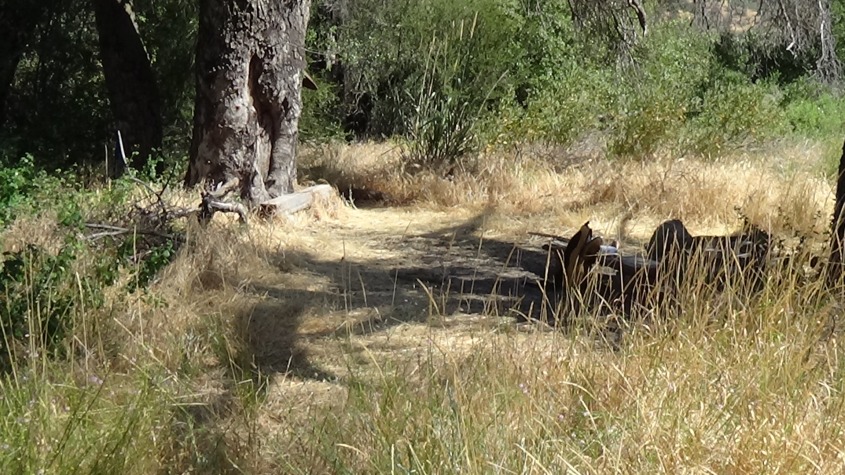

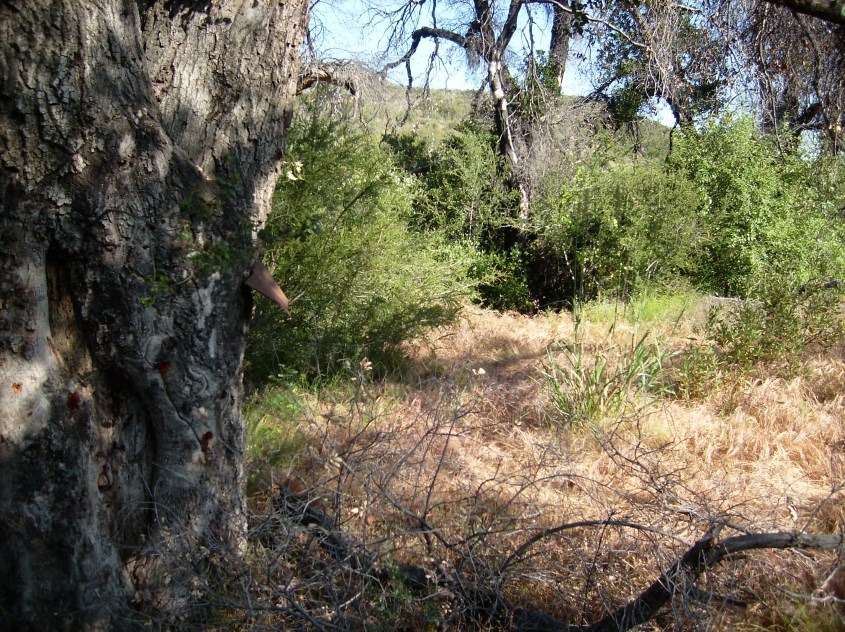



 According to many who claim to know, it is a nuclear powered craft that uses a fluid-mercury ring-current to disrupt gravity and reduce it’s mass. I don’t claim to know if this is true. Since I do think we live in an Electric Universe, however, I find this explanation quite
According to many who claim to know, it is a nuclear powered craft that uses a fluid-mercury ring-current to disrupt gravity and reduce it’s mass. I don’t claim to know if this is true. Since I do think we live in an Electric Universe, however, I find this explanation quite 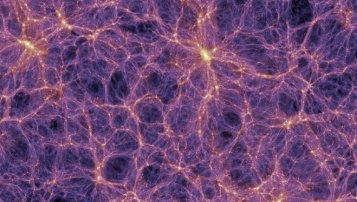 So let’s look at the Universe. It’s a web of plasma filaments connecting galaxies together. It’s like a tangled web of Christmas lights when you remove them from storage and plug them in to see if they still work, before untangling the mess to string around the tree.
So let’s look at the Universe. It’s a web of plasma filaments connecting galaxies together. It’s like a tangled web of Christmas lights when you remove them from storage and plug them in to see if they still work, before untangling the mess to string around the tree.






